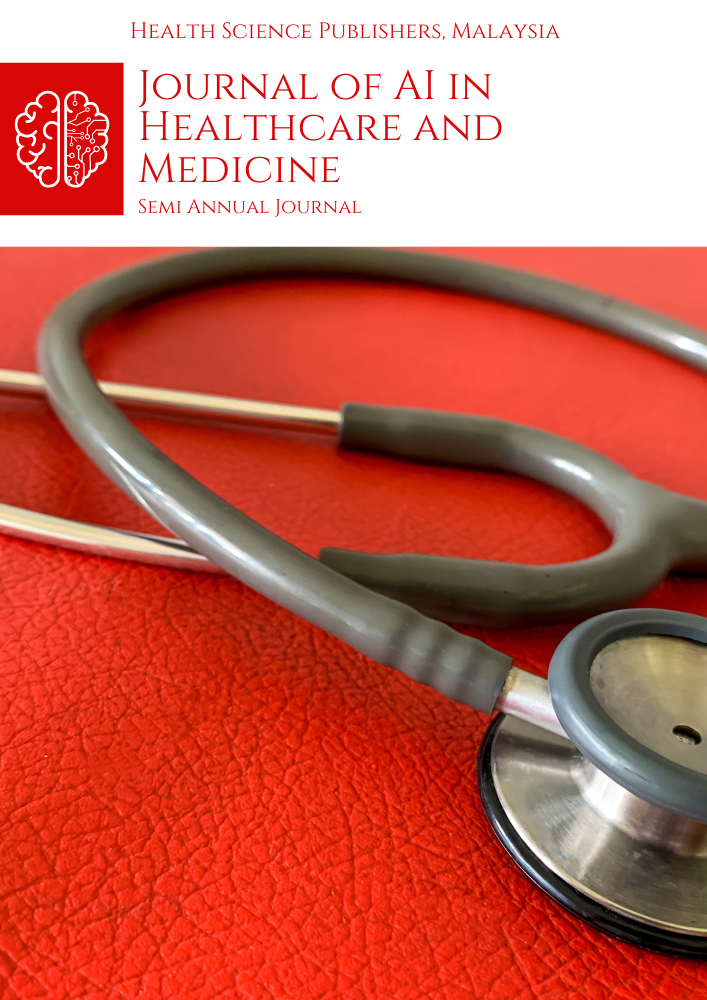Abstract
When a vehicle perceives its surroundings under different driving scenarios (e.g., poor weather and occlusion) with multiple sensors, it obtains diverse observation data. Different sensors focus on different objects and situations. For example, LiDAR works well in both day and night conditions, but its performance degrades for bad weather. In contrast, radar maintains stable performance under adverse weather and light conditions and remains a reliable choice for vehicles. Camera perception has been very much challenged under various circumstances, such as severe weather conditions, or light and shadow interference. Sensory homogeneity provides little help here, because it will also be impacted by inadaptable adverse impact factors [1]. Independently perceiving the environment or only considering the multi-sensor difference in AV coordination creates a new “central perception” approach, in which decision-making and action output are based solely on local observations. This approach preventively circumvents multi-sensor redundancy observation issues and still produces safety decision making when individual sensors fail under certain adversities.
References
[1] M. Yazgan, M. Varun Akkanapragada, and J. Marius Zoellner, "Collaborative Perception Datasets in Autonomous Driving: A Survey," 2024. [PDF]
[2] A. Plebe, G. Pietro Rosati Papini, A. Cherubini, and M. Da Lio, "Distributed cognition for collaboration between human drivers and self-driving cars," 2022. ncbi.nlm.nih.gov
[3] G. Cui, W. Zhang, Y. Xiao, L. Yao et al., "Cooperative Perception Technology of Autonomous Driving in the Internet of Vehicles Environment: A Review," 2022. ncbi.nlm.nih.gov
[4] S. Ren, S. Chen, and W. Zhang, "Collaborative Perception for Autonomous Driving: Current Status and Future Trend," 2022. [PDF]
Tatineni, Sumanth. "Cloud-Based Business Continuity and Disaster Recovery Strategies." International Research Journal of Modernization in Engineering, Technology, and Science5.11 (2023): 1389-1397.
Vemori, Vamsi. "Harnessing Natural Language Processing for Context-Aware, Emotionally Intelligent Human-Vehicle Interaction: Towards Personalized User Experiences in Autonomous Vehicles." Journal of Artificial Intelligence Research and Applications 3.2 (2023): 53-86.
Tatineni, Sumanth. "Security and Compliance in Parallel Computing Cloud Services." International Journal of Science and Research (IJSR) 12.10 (2023): 972-1977.
Gudala, Leeladhar, and Mahammad Shaik. "Leveraging Artificial Intelligence for Enhanced Verification: A Multi-Faceted Case Study Analysis of Best Practices and Challenges in Implementing AI-driven Zero Trust Security Models." Journal of AI-Assisted Scientific Discovery 3.2 (2023): 62-84.
[9] K. Fida Hasan, T. Kaur, M. Mhedi Hasan, and Y. Feng, "Cognitive Internet of Vehicles: Motivation, Layered Architecture and Security Issues," 2019. [PDF]
[10] S. Paiva, M. Abdul Ahad, G. Tripathi, N. Feroz et al., "Enabling Technologies for Urban Smart Mobility: Recent Trends, Opportunities and Challenges," 2021. ncbi.nlm.nih.gov
[11] V. Kumar Kukkala, S. Vignesh Thiruloga, and S. Pasricha, "Roadmap for Cybersecurity in Autonomous Vehicles," 2022. [PDF]
[12] S. M Mostaq Hossain, S. Banik, T. Banik, and A. Md Shibli, "Survey on Security Attacks in Connected and Autonomous Vehicular Systems," 2023. [PDF]
[13] S. Lee, Y. Cho, and B. C. Min, "Attack-Aware Multi-Sensor Integration Algorithm for Autonomous Vehicle Navigation Systems," 2017. [PDF]
[14] B. Ma, X. Wang, X. Lin, Y. Jiang et al., "Location Privacy Threats and Protections in Future Vehicular Networks: A Comprehensive Review," 2023. [PDF]
[15] E. Jafarigol, T. Trafalis, T. Razzaghi, and M. Zamankhani, "Exploring Machine Learning Models for Federated Learning: A Review of Approaches, Performance, and Limitations," 2023. [PDF]
[16] J. Wang, R. Zhu, S. Liu, and Z. Cai, "Node Location Privacy Protection Based on Differentially Private Grids in Industrial Wireless Sensor Networks," 2018. ncbi.nlm.nih.gov
[17] F. Lang and Y. Zhong, "Application of Personal Information Privacy Protection Based on Machine Learning Algorithm," 2022. ncbi.nlm.nih.gov
[18] B. Lepri, N. Oliver, and A. Pentland, "Ethical machines: The human-centric use of artificial intelligence," 2021. ncbi.nlm.nih.gov
[19] S. Sultana, J. Hossain, M. Billah, H. Hossain Shajeeb et al., "Blockchain-Enabled Federated Learning Approach for Vehicular Networks," 2023. [PDF]
[20] Y. Duan, J. Liu, W. Jin, and X. Peng, "Characterizing Differentially-Private Techniques in the Era of Internet-of-Vehicles," 2022. [PDF]
[21] D. Haileselassie Hagos and D. B. Rawat, "Recent Advances in Artificial Intelligence and Tactical Autonomy: Current Status, Challenges, and Perspectives," 2022. ncbi.nlm.nih.gov
[22] C. Xie, Z. Cao, Y. Long, D. Yang et al., "Privacy of Autonomous Vehicles: Risks, Protection Methods, and Future Directions," 2022. [PDF]
[23] A. María Quintero-Ossa, J. Solano, H. Jarcía, D. Zarruk et al., "Privacy-Preserving Machine Learning for Collaborative Data Sharing via Auto-encoder Latent Space Embeddings," 2022. [PDF]
[24] A. M. Elbir, G. Gurbilek, B. Soner, A. K. Papazafeiropoulos et al., "Vehicular networks for combating a worldwide pandemic: Preventing the spread of COVID-19," 2022. ncbi.nlm.nih.gov
[25] S. A. Abdel Hakeem, H. H. Hussein, and H. W. Kim, "Security Requirements and Challenges of 6G Technologies and Applications," 2022. ncbi.nlm.nih.gov
[26] S. Malik, M. Ahmed Khan, and H. El-Sayed, "Collaborative Autonomous Driving—A Survey of Solution Approaches and Future Challenges," 2021. ncbi.nlm.nih.gov
[27] C. Hati, G. Kumar, and N. Mahajan, "$bar{B}rightarrow D^{(ast)}tau bar{nu}$ excesses in ALRSM constrained from $B$, $D$ decays and $D^{0}-bar{D}^{0}$ mixing," 2015. [PDF]
[28] G. Abdelkader, K. Elgazzar, and A. Khamis, "Connected Vehicles: Technology Review, State of the Art, Challenges and Opportunities," 2021. ncbi.nlm.nih.gov
[29] Y. AlSaqabi and B. Krishnamachari, "Incentivizing Private Data Sharing in Vehicular Networks: A Game-Theoretic Approach," 2023. [PDF]
[30] J. Joy, D. Gray, C. McGoldrick, and M. Gerla, "XYZ Privacy," 2017. [PDF]
[31] M. Ul Hassan, M. Husain Rehmani, and J. Chen, "Differential Privacy Techniques for Cyber Physical Systems: A Survey," 2018. [PDF]
[32] Y. Wang, Z. Su, Q. Xu, T. H. Luan et al., "Secured and Cooperative Publish/Subscribe Scheme in Autonomous Vehicular Networks," 2023. [PDF]
[33] F. Berman, E. Cabrera, A. Jebari, and W. Marrakchi, "The impact universe—a framework for prioritizing the public interest in the Internet of Things," 2022. ncbi.nlm.nih.gov

